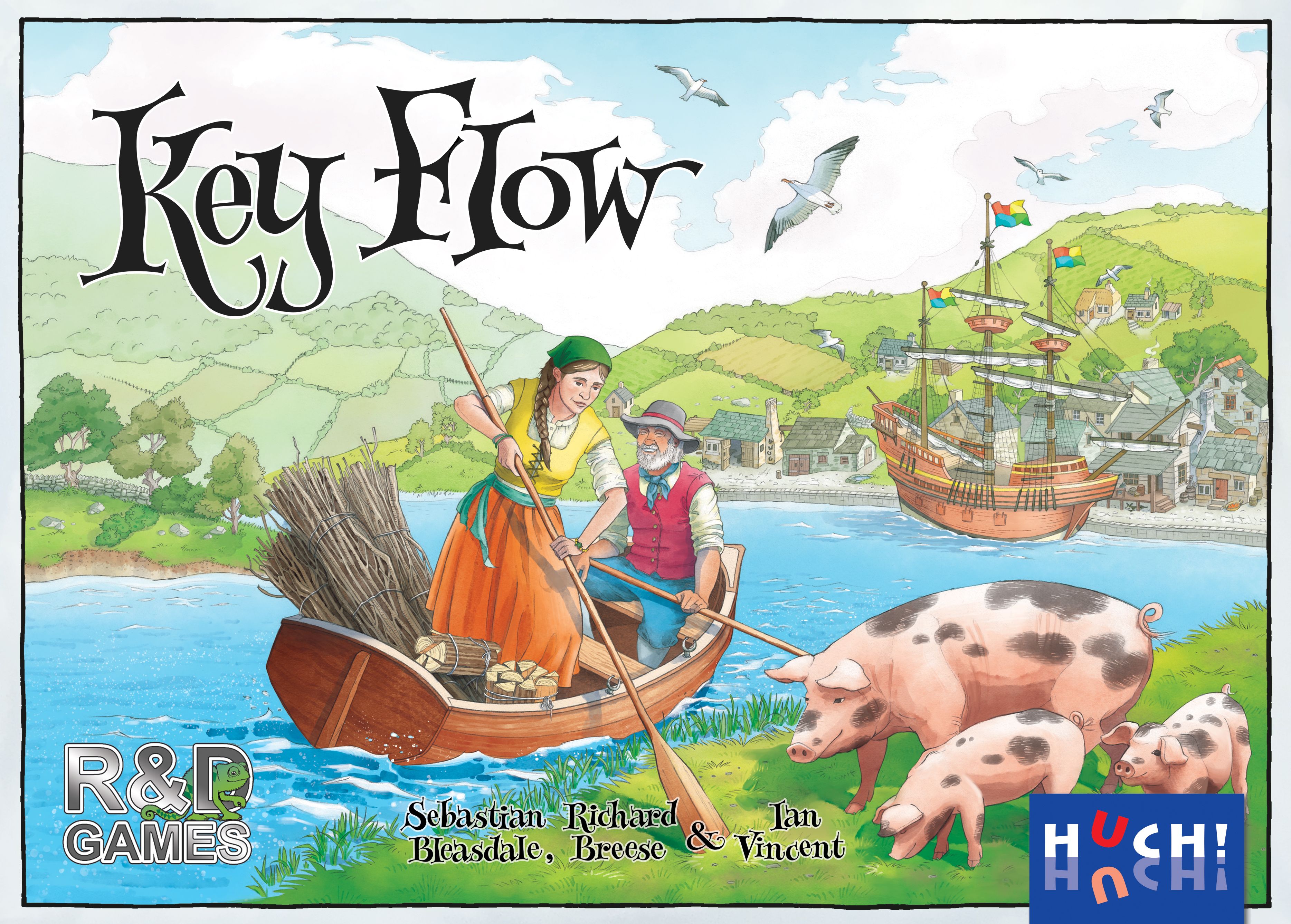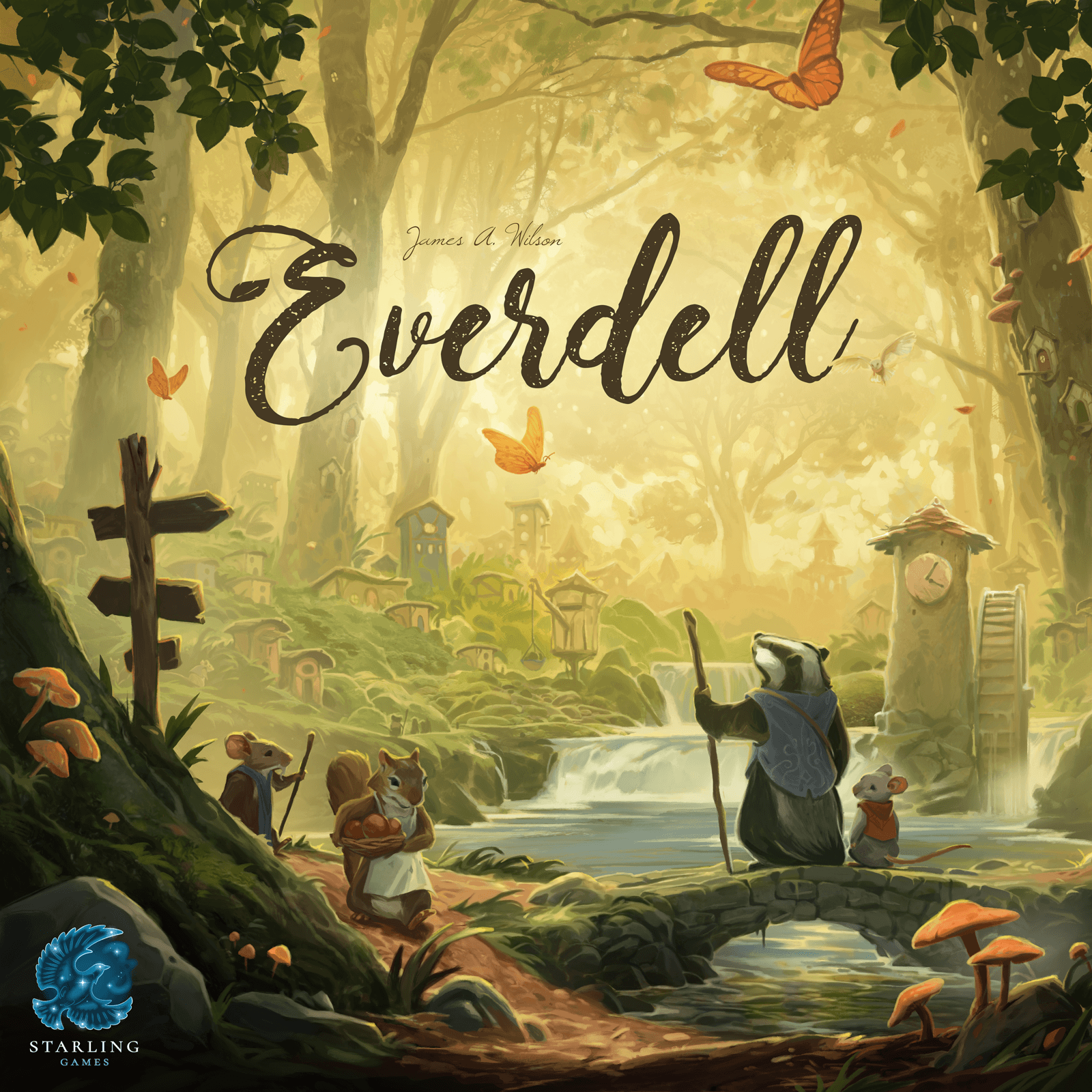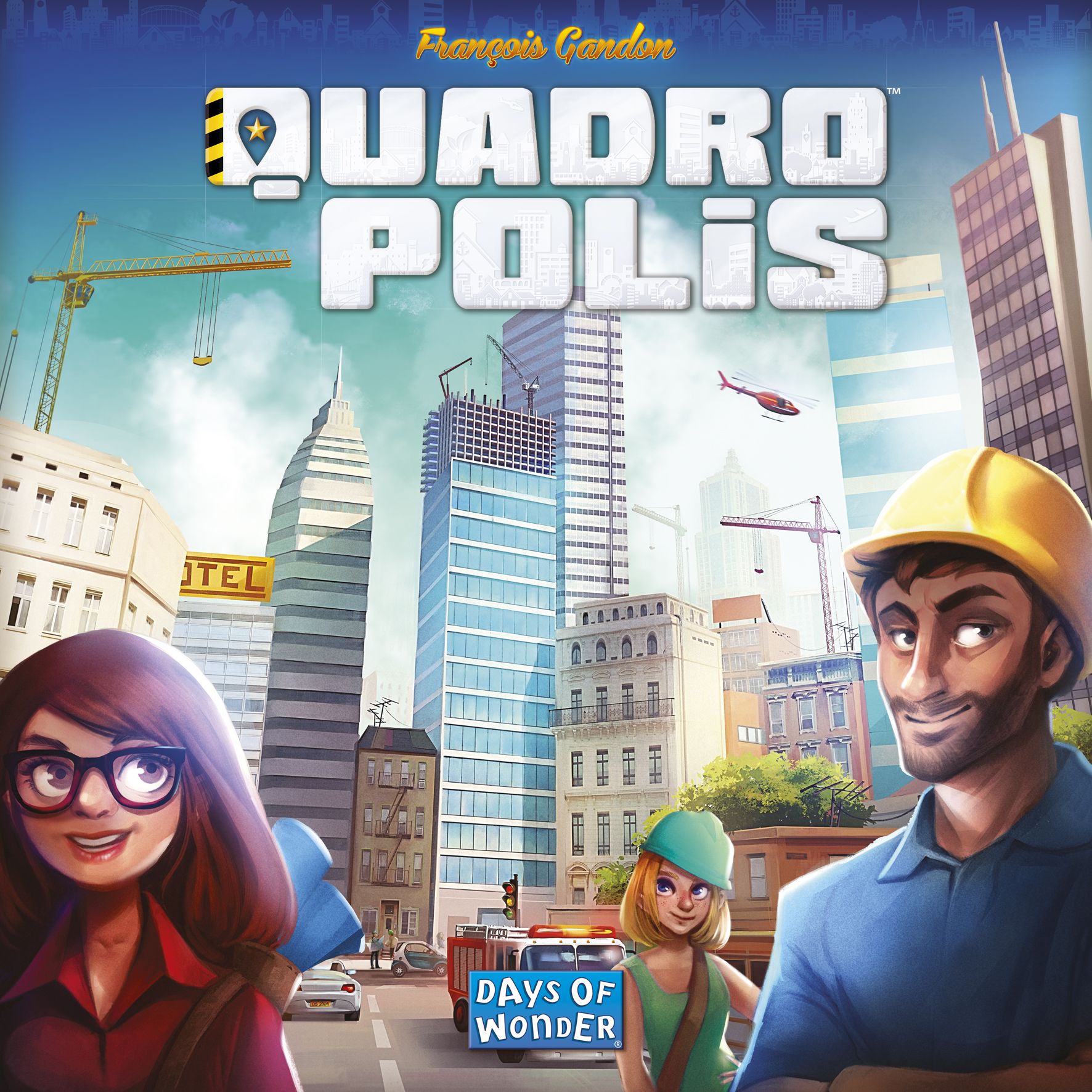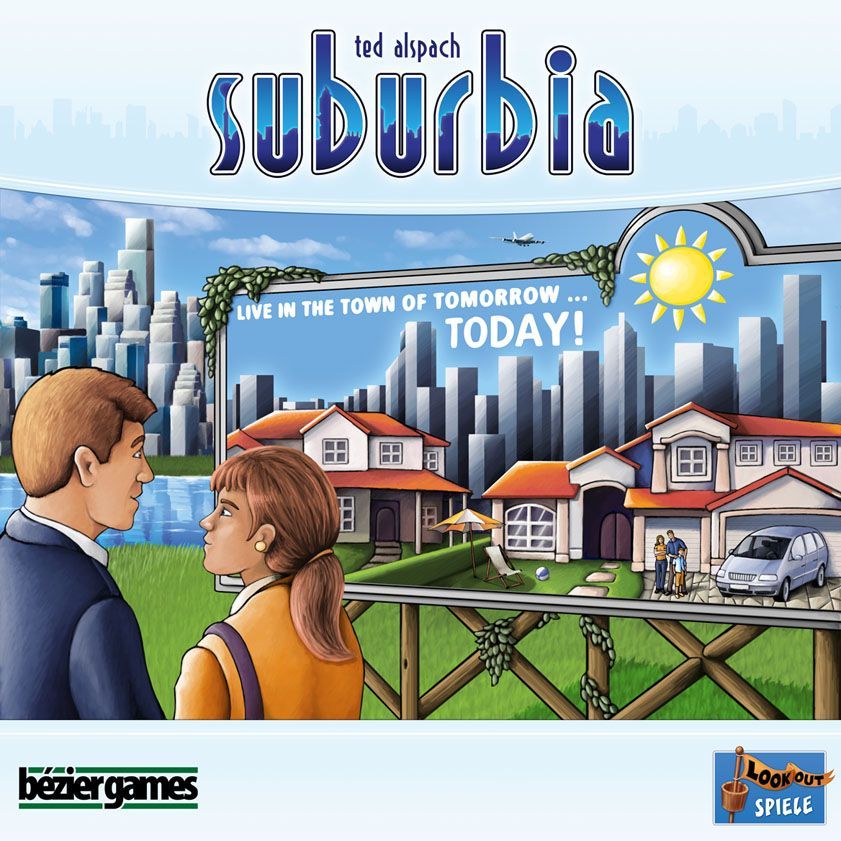
Between Two Castles of Mad King Ludwig is published by Stonemaier Games as part of a collaboration with Bezier Games.
The king demands a castle! You are a world-renowned master builder who has been asked by the Mad King Ludwig to help design his castles. Projects of such significance require the expertise of more than one person, so for each assignment you are paired with another master builder to execute your grandiose plans. Will your planning and collaborative skills be enough to design the most impressive castles in the world?
Between Two Castles of Mad King Ludwig is a competitive tile-drafting game in which each tile is a room in a castle. You work together with the player on your left to design one castle, and with the player on your right on another castle. On each turn you select two tiles from your hand, reveal them, then work with your partners to place them. To win, you have to share your attention and your devotion between two castles.
This game includes 147 regular room tiles with unique art, 83 other tiles, 20 bonus cards, 7 custom wooden castle tokens, 1 full-color, double-sided scorepad, and a 4-piece Game Trayz custom insert that reduces setup time to less than 60 seconds.
—description from the publisher
/pic6544250.png)
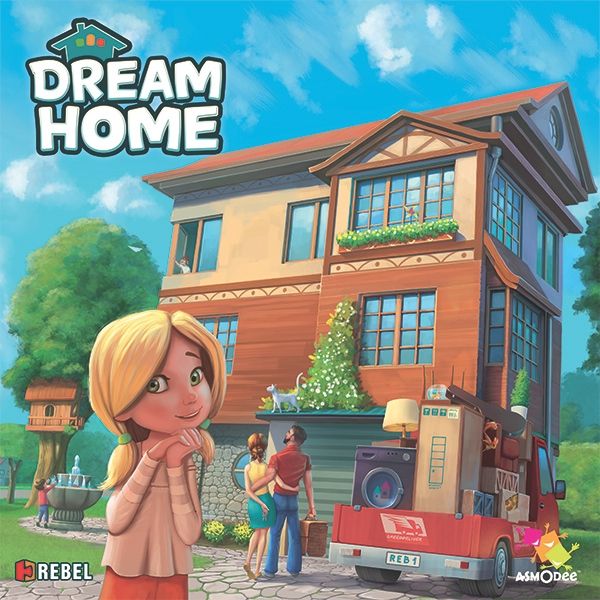

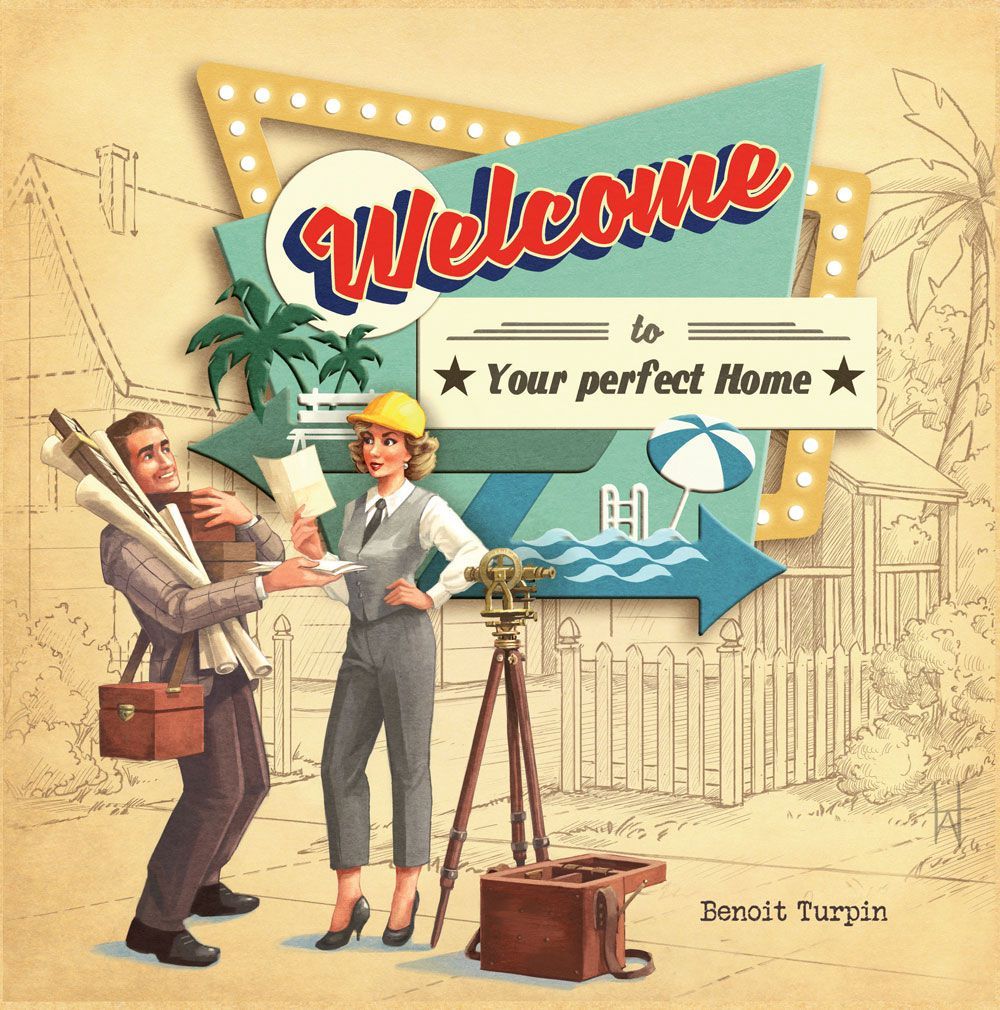
/pic5428585.jpg)
